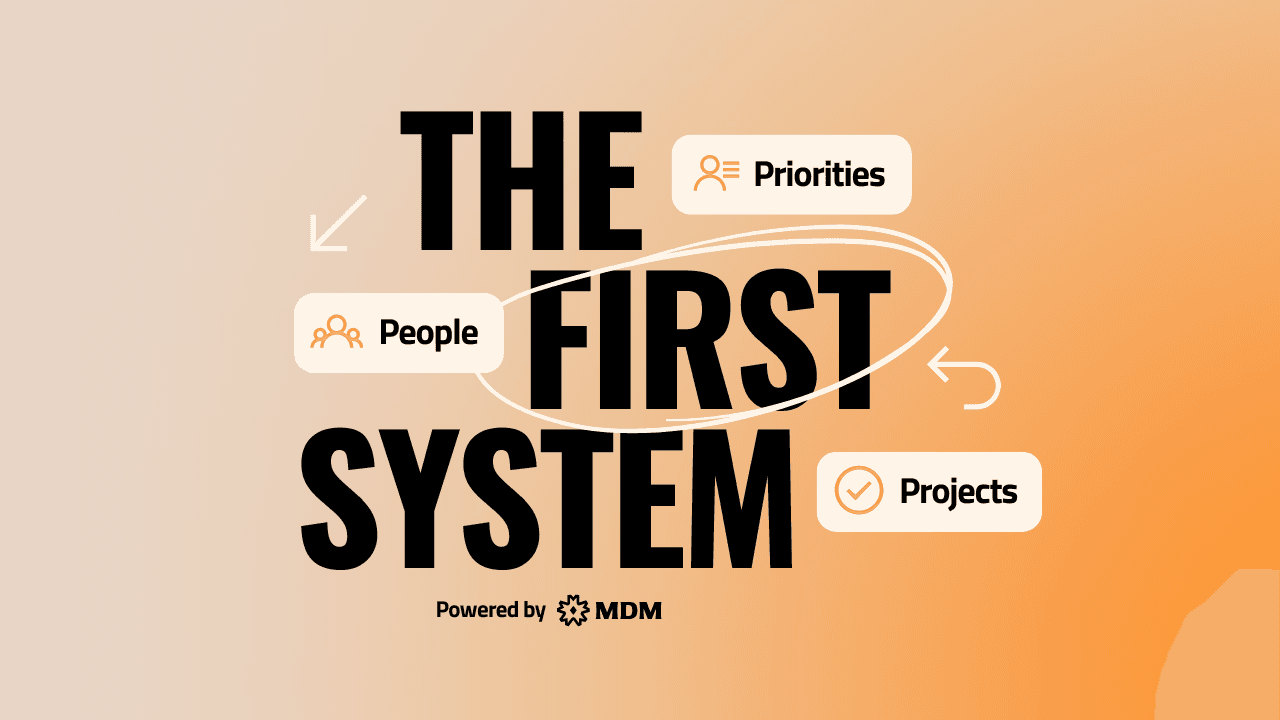Create a structured pipeline system to track potential revenue and make smarter financial decisions.
Posted on Aug 18, 2025
The Purpose
Create a structured pipeline system to track potential revenue, prioritize follow-ups, and make smarter financial decisions.
The Background
Imagine running a restaurant where you have no idea how many reservations are coming in next week.
Wouldn’t that make it impossible to plan staff, inventory, or marketing?
The same logic applies to your business—if you don’t have a clear pipeline of future projects and clients, you’re flying blind.
A well-managed pipeline helps you:
Track upcoming opportunities and their financial impact.
Prioritize follow-ups so no deal falls through the cracks.
Forecast revenue and plan business growth with confidence.
By treating your projects as part of a financial pipeline, you can see exactly where your business is headed and take proactive steps to keep the momentum going.
The Ingredients
A Pipeline Tracking System (Notion, a CRM, or a simple spreadsheet)
A Status System (e.g., Prospect, Proposal Sent, Negotiation, Closed)
A Monetary Value for Each Opportunity (so you know what’s at stake)
A Next Steps Plan for every deal
The Steps to Implement
Set Up Your Pipeline System
Use a tool like Notion or a CRM to create a simple database of potential deals.
Include fields for client name, project type, estimated value, status, and next steps.
Assign a Status to Each Opportunity
Example statuses:
Prospect (Initial Contact Made)
Proposal Sent
Negotiation
Closed (Won or Lost)
Keeping your pipeline updated helps you focus on the highest-priority deals.
Attach a Dollar Value to Each Deal
Estimate the financial impact of each project.
This helps you understand your potential future revenue at a glance.
Schedule Next Steps for Every Opportunity
Ask yourself: What’s the next action to move this forward?
Log follow-ups in your system so no deal gets forgotten.
Review and Adjust Regularly
Check your pipeline daily or weekly to reassess priorities.
Move deals forward and remove stalled opportunities.
Preparation Notes
Keep your pipeline simple—too much complexity will slow you down.
Focus on relationships—deals move forward when you follow up consistently.
Automate reminders where possible to stay on top of follow-ups.
Use your pipeline as a decision-making tool to guide your sales and marketing efforts.
A structured pipeline is like a financial GPS for your business. It tells you where you’re headed, what needs your attention, and how to make informed growth decisions. With this system in place, you’ll never have to guess about your financial future again.







